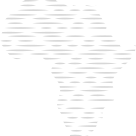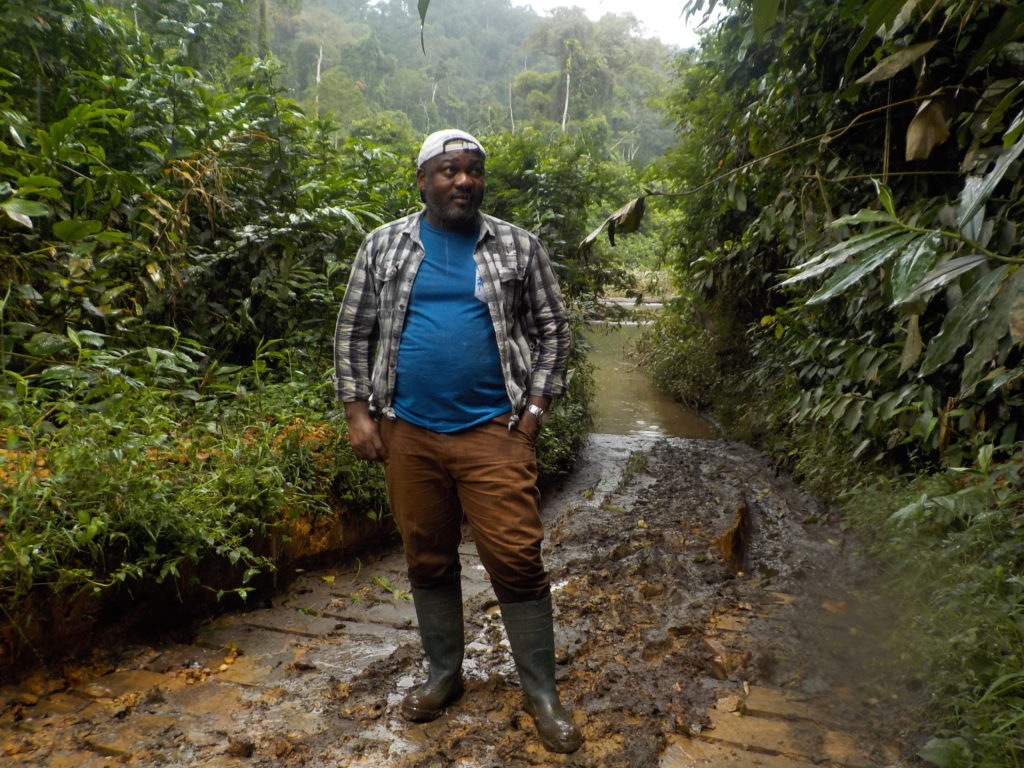I am interested in studying systematics and evolution of afrotropical small mammals including rodents (mostly) shrews and bats. I use first morphology and molecular taxonomy to test the status of species known from a few number of specimens and to tackle the problem the existence of a cryptic diversity in small mammals. I use also Phylogenetics and evolutionary biogegraphy to assess mechanisms acting in biodiversity promotion in afrotropical forest and in particular mountain areas. I am also interested by conservation issues in those specific ecosystems.
Before the increase of the human population and the development of agriculture in the 20th century, the Banso-Bamenda Highlands area, within the Cameroon Volcanic Line, was completely covered with forest. From 20,000 ha in 1978 but it had been reduced to c. 9,500 ha by 2012. The Kilum-Ijim forest in Mount Oku (3011m asl), within the Banso-Bamenda Highlands area, is the largest remaining patch of Afromontane forest in West and Central Africa. Located in an area with a high human population density, it is object of intense pressures on natural resources. Threats to biodiversity include overgrazing by cattle and goats in grassland areas and montane forests, firewood harvesting, agriculture, bee keeping, debarking of Prunus trees for medicinal uses, and bushmeat hunting. Mount oku is known for its rich diversity of endemic plant and animal taxa. It harbours seven species of rodents endemic to the Banso-Bamenda Highlands, of which four are strictly restricted to the mountain, all are categorized as Vulnerable or Endangered on the IUCN Red List, with a decreasing population trend. We found that after extirpating large and medium size mammals, rodent trapping in Oku village requires conservation attention; the high pressure on endemic mammals, combined with forest destruction, can lead to the extiction of the endemic rodent genus Lamottemys, restricted to an area of c. 100 km2 in the montane forest.

